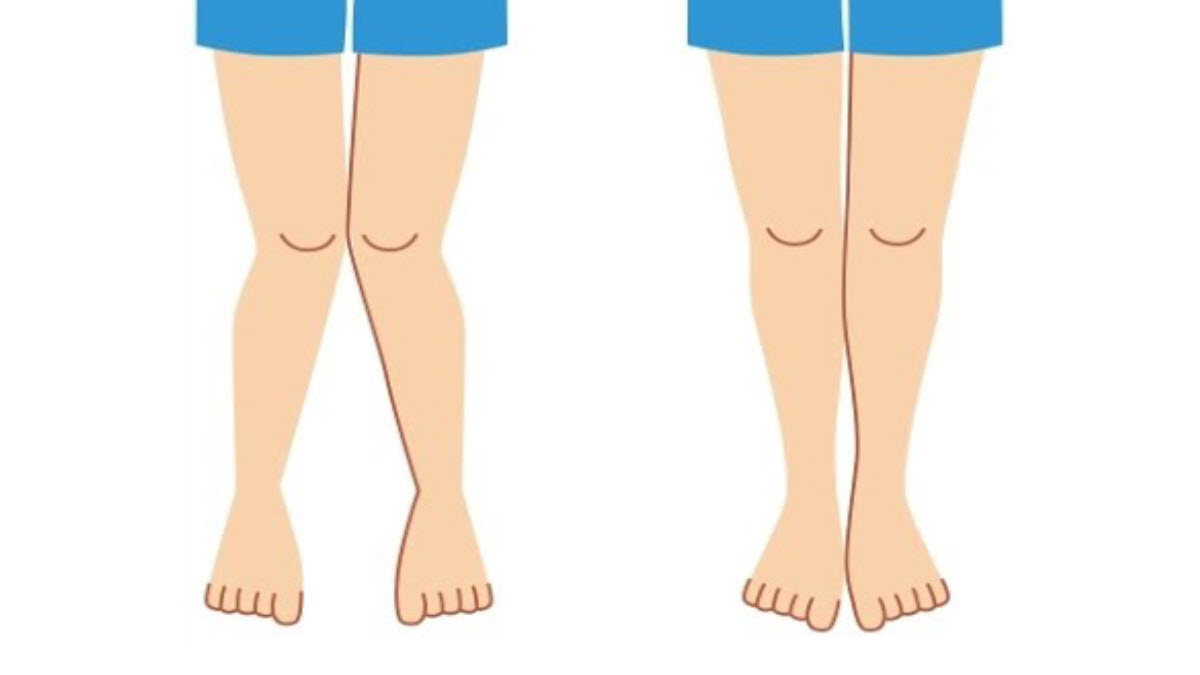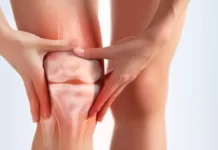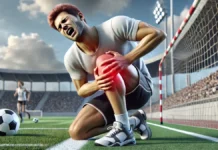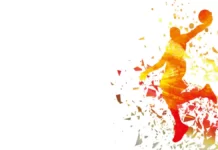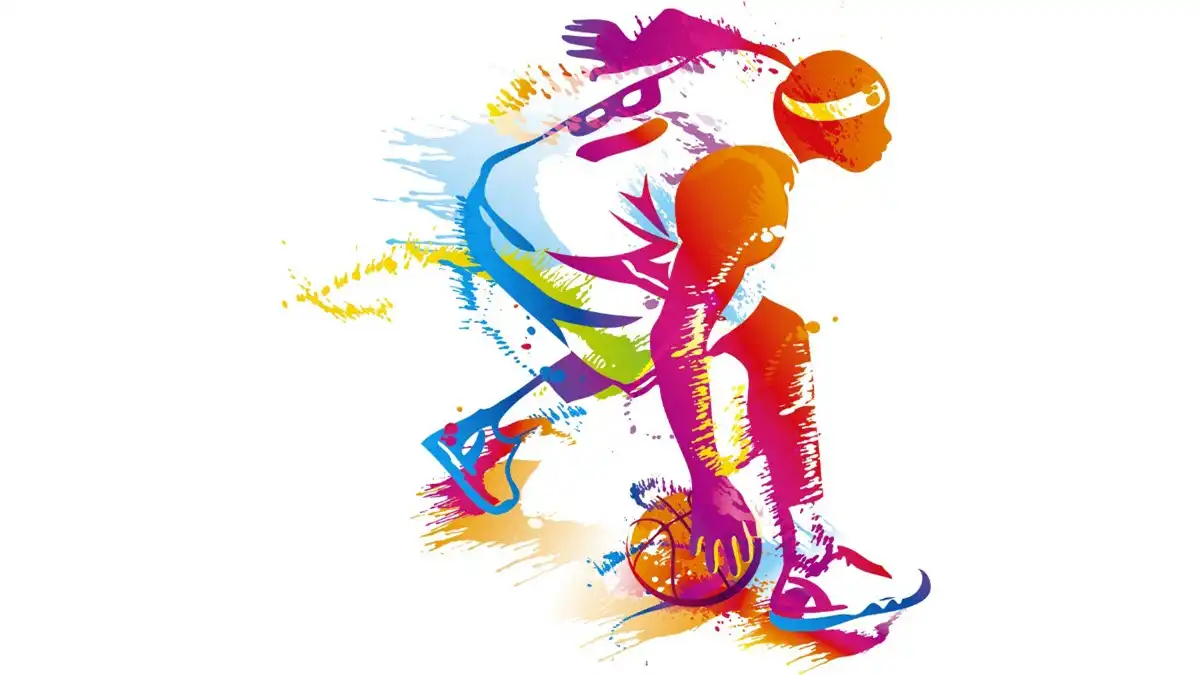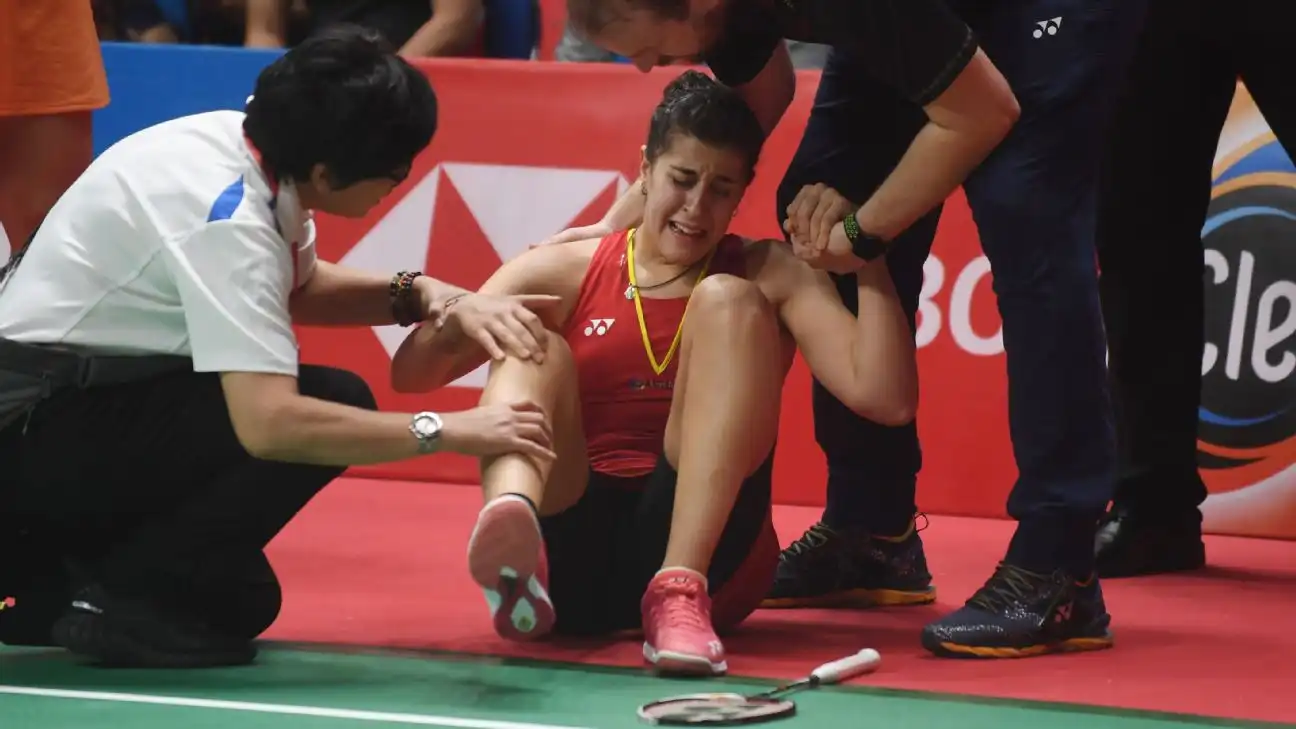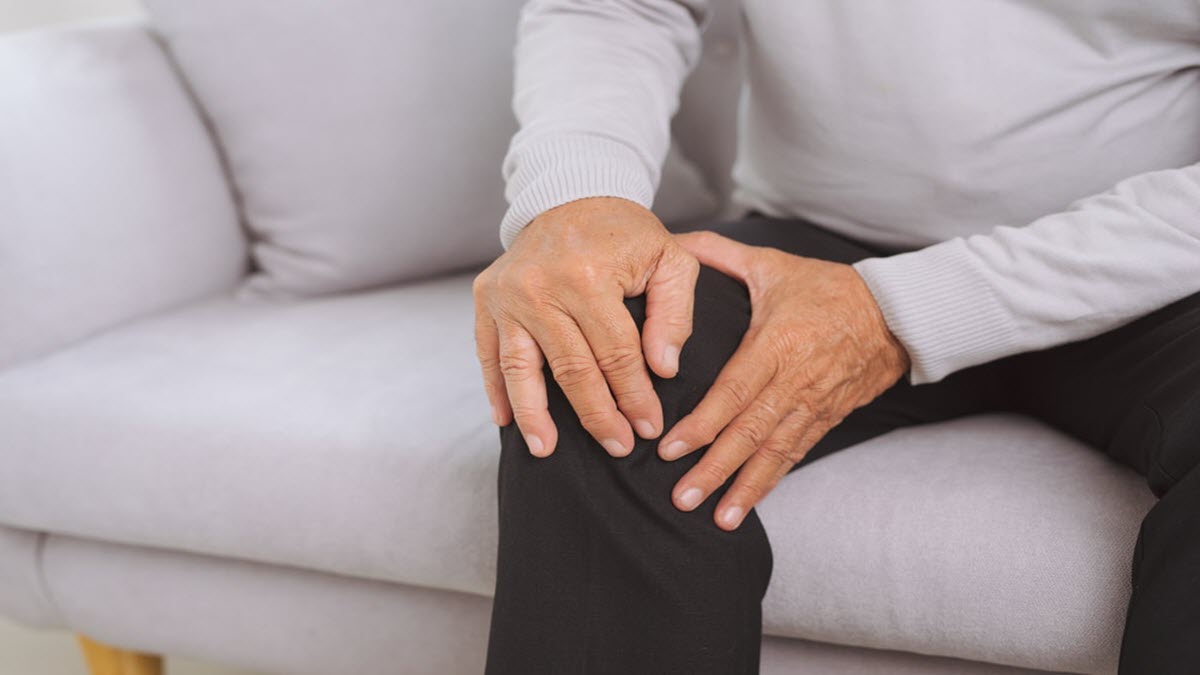Introduction
Genu valgum is a condition characterized by an outward deviation of the axis of the lower limb, causing the knee to protrude inward, causing contact between the two knees while the ankles remain apart. This deformity is usually associated with flat feet and can cause sporadic pain in the foot and knee.
In children, physiological genu valgum is common from the age of 2 years, reaching its peak between 3 and 4 years. Thereafter, it tends to decrease naturally to stabilize, slightly in a valgus position, around the age of 7 years. However, in adolescents, changes are often minimal or nonexistent. The measurement of the intermalleolar distance is a commonly used indicator to assess the degree of genu valgum. This measurement corresponds to the distance between the medial malleoli in an individual standing, with the medial femoral condyles touching. Intermalleolar distances greater than 8 cm are generally considered pathological.
In some rare cases, when the deviation of the genu valgum persists, it can be associated with a gait deviating towards the outside of the foot, a lateral subluxation of the patella and rubbing between the knees when walking. These manifestations can lead to additional complications and require special attention to avoid more serious orthopedic problems.
It is crucial to emphasize that severe cases of genu valgum impose significant stress on the articular cartilage, bones, and ligaments of the knee joint. This increased stress promotes the risk of developing knee osteoarthritis, a degenerative condition that can lead to progressive deterioration of the joint.
Treatment for genu valgum may vary depending on the severity of the condition and associated symptoms. Common approaches include the use of supportive shoes, foot orthotics, and muscle strengthening exercises. In more severe cases, surgery may be considered to correct limb alignment.
In conclusion, although genu valgum is common in young children and often corrects naturally over time, proper monitoring and, if necessary, medical interventions are essential to prevent long-term complications and ensure orthopedic health.
Biomechanics of Genu Valgum
Genu valgum results from a combination of internal rotation of the femur and external rotation of the tibia , leading to a deviation of the axis of the lower limb towards the inside at the knees, with a dispersion of the global alignment. This deformity is frequently associated with hyperpronation of the foot and extension of the pelvis , accompanied by changes at the level of the pelvic and spinal joints.
Internal rotation of the femur and external rotation of the tibia alter the natural alignment of the lower limbs, generating a characteristic inward protrusion of the knees. This biomechanical disturbance can have repercussions on the overall posture, affecting joint stability , gait patterns and load distribution on the lower limbs.

In a normal leg, the mechanical axis descends from the femoral head to the ankle joint, crossing the center of the knee joint. This arrangement allows for optimal distribution of loads on the bony and joint structures.
In contrast, in the case of genu valgum (right), the mechanical axis is deviated. Internal rotation of the femur causes the knee to tilt inward, while external rotation of the tibia contributes to this deviation. These imbalances alter the overall alignment, resulting in overload on the internal structures of the knee, including the cartilage and ligaments.
Genu valgum is often associated with joint pain, functional instability, and premature wear of the joint. Corrective intervention, whether rehabilitative or surgical, aims to restore this alignment to reduce mechanical constraints and prevent long-term complications. This image illustrates the importance of biomechanical analysis in the diagnosis and treatment of this deformity.
Contributing Factors and Biomechanical Consequences
- Foot hyperpronation :
The foot has an increased tendency to roll inward, worsening the deviated knee alignment. This hyperpronation plays a key role in the dysfunctional chain by increasing stress on the knees and hips. - Pelvic extension :
Excessive pelvic tilt or extension can contribute to postural imbalance. This adaptation changes the orientation of forces in the lower limbs and can exacerbate symptoms associated with genu valgum. - Close sacroiliac junction :
Close proximity of the sacroiliac junction, between the sacrum and the iliac bone, is often observed in genu valgum. This configuration alters the transmission of forces between the spine and the lower limbs, compromising balance and pelvic stability. - Lumbar Hyperlordosis :
An exaggerated lumbar curvature is commonly associated with this condition. Hyperlordosis disrupts axial alignment, increasing stress on the lower spinal joints and contributing to an unbalanced posture.
Global Impact and Biomechanical Approach
These interconnected alterations in the biomechanics of genu valgum can lead to joint pain, functional disorders and compensatory adaptations at other levels of the body. A thorough understanding of these factors is essential for an accurate assessment and the implementation of an appropriate treatment, whether it is functional rehabilitation, orthotics or, in some cases, surgery.
A multidisciplinary approach, combining postural analysis, targeted muscle strengthening and improvement of proprioception, can prove beneficial in restoring optimal alignment and reducing long-term impacts.
Causes du genu valgum
Genu valgum , characterized by an inward deviation of the knees and a spread of the ankles, can be caused by a variety of factors, ranging from anatomical abnormalities to environmental influences. This condition is the result of imbalances in the alignment of the lower limbs, often related to bone, muscle, or ligament changes. The causes of genu valgum can be classified into two broad categories: congenital and developmental causes and acquired causes .
Congenital and Developmental Causes
Some people are born with a predisposition to genu valgum due to genetic factors or conditions present from birth:
- Genetic abnormalities : Certain congenital conditions, such as Down syndrome or certain bone dysplasias, may be associated with genu valgum. These conditions affect the formation and alignment of bones and joints.
- Physiological development : Genu valgum is often observed in children between 2 and 6 years of age as a normal stage of their development. During this period, the lower limbs undergo growth adjustments. In the majority of cases, this deviation disappears naturally over time.
- Rickets : Vitamin D deficiency during childhood can cause rickets, leading to weak bones and deformities such as genu valgum. Rickets results from insufficient mineralization of bones, making them unable to properly support body weight.
- Blount’s disease : This condition, related to abnormal growth of the proximal tibia, can also lead to genu valgum, particularly in children.
Acquired Causes
Genu valgum can also occur as a result of external factors or medical conditions acquired during life:
- Obesity : Being overweight puts excessive pressure on the joints of the lower limbs, especially the knees. This overload can cause or worsen an inward deviation of the knees, especially in growing children.
- Trauma or fractures : A poorly healed fracture at the femur or tibia can disrupt the normal alignment of the lower limb, leading to genu valgum.
- Arthritis or joint disease : Inflammatory arthritis, such as rheumatoid arthritis, can cause wear and tear on joint structures, changing the alignment of the knees. Chronic damage to cartilage or ligaments also contributes to this deviation.
- Muscle Imbalances : Muscle weakness or shortening, particularly in the hip abductors or quadriceps, can disrupt knee stabilization, leading to inward deviation.
- Poor postural habits : Inadequate postures maintained over long periods of time, especially when walking or running, can unbalance the distribution of forces at the knees.
- Surgery or orthopedic complications : Incorrect surgery or postoperative complications can alter the geometry of the knee and cause valgus deviation.
Symptoms of genu valgum
Genu valgum, also known as “knock knees,” is a condition where the knees touch when the legs are straight and the feet are apart. Symptoms associated with genu valgum can vary depending on the severity of the deformity. Here are some possible symptoms:
- Knee discomfort or pain: People with genu valgum may experience discomfort or pain in their knees, especially when walking, running, or doing physical activities.
- Joint instability: Knee deformities can lead to joint instability, which can increase the risk of injury.
- Premature wear of cartilage: Abnormal friction between joint surfaces can cause premature wear of cartilage, which can lead to osteoarthritis.
- Gait problems: People with genu valgum may have an altered gait, which can affect balance and coordination.
- Muscle fatigue: The muscles surrounding the knees may have to work harder to maintain stability, which can lead to muscle fatigue.
- Cosmetic deformity: In severe cases, knee deformity may be visible and may be a source of cosmetic concerns.
Complications
Genu valgum, due to the characteristic inward deviation of the knees, can be associated with several potential complications, especially orthopedic ones. Some of the common complications associated with genu valgum include:
- Increased stress on joints: Severe genu valgum can put excessive stress on the knee joints, increasing the risk of early development of osteoarthritis, a degenerative joint condition.
- Joint pain: Improper alignment of the lower limbs can cause pain in the joints, especially the knee. This pain can affect quality of life and the ability to perform daily activities.
- Joint instability: Deviation of the genu valgum can lead to joint instability, increasing the risk of dislocations and subluxations, especially in active or athletic people.
- Walking problems: People with genu valgum may have an altered gait, which can affect balance and coordination. It can also lead to increased muscle fatigue.
- Permanent bone deformities: In severe, untreated cases, genu valgum can lead to permanent bone deformities that may be difficult to correct once growth is complete.
- Complications related to other parts of the body: The impact of genu valgum on posture and walking can lead to complications at other levels, such as back pain, hip problems, and even disorders associated with the spine.
- Psychosocial impact: In some cases, particularly in adolescents, genu valgum may have a psychosocial impact due to aesthetic concerns or difficulty participating in social activities.
Conclusion
Genu valgum is a complex condition resulting from a biomechanical imbalance that impacts the alignment of the lower limbs. Whether its origins are congenital, developmental or acquired, this deviation can lead to joint pain, functional instability and premature wear of the knee structures. Careful assessment of its causes and clinical manifestations is essential to implement appropriate management.
Therapeutic approaches, whether conservative or surgical, aim to correct alignment, reduce pain and prevent long-term complications. In addition, prevention, including muscle strengthening exercises and careful attention to posture, plays a key role in managing this condition.
By combining a thorough understanding of biomechanics, advanced diagnostic techniques and tailored interventions, it is possible to significantly improve the quality of life of patients with genu valgum. Multidisciplinary follow-up, involving physicians, physiotherapists and other specialists, is often recommended to achieve optimal results.
References
- Sutherland DH, Olshen R, Cooper L, Woo SL. The development of mature gait. J Bone Joint Surg Am. 1980 Apr;62(3):336-53. [PubMed]
- Espandar R, Mortazavi SM, Baghdadi T. Angular deformities of the lower limb in children. Asian J Sports Med. 2010 Mar;1(1):46-53. [PMC free article] [PubMed]
- Heath CH, Staheli LT. Normal limits of knee angle in white children–genu varum and genu valgum. J Pediatr Orthop. 1993 Mar-Apr;13(2):259-62. [PubMed]
- COZEN L. Fracture of the proximal portion of the tibia in children followed by valgus deformity. Surg Gynecol Obstet. 1953 Aug;97(2):183-8. [PubMed]
- Burton A, Hennrikus W. Cozen’s phenomenon revisited. J Pediatr Orthop B. 2016 Nov;25(6):551-555. [ PubMed
- Salenius P, Vankka E. The development of the tibiofemoral angle in children. J Bone Joint Surg Am. 1975 Mar;57(2):259-61. [PubMed]
- Paley D, Tetsworth K. Mechanical axis deviation of the lower limbs. Preoperative planning of uniapical angular deformities of the tibia or femur. Clin Orthop Relat Res. 1992 Jul;(280):48-64. [PubMed]
- Greene WB. Genu varum and genu valgum in children. Instr Course Lect. 1994;43:151-9. [PubMed]
- Tuten HR, Keeler KA, Gabos PG, Zionts LE, MacKenzie WG. Posttraumatic tibia valga in children. A long-term follow-up note. J Bone Joint Surg Am. 1999 Jun;81(6):799-810. [PubMed]
- McCarthy JJ, Kim DH, Eilert RE. Posttraumatic genu valgum: operative versus nonoperative treatment. J Pediatr Orthop. 1998 Jul-Aug;18(4):518-21. [PubMed]
- Herring JA, Moseley C. Posttraumatic valgus deformity of the tibia. J Pediatr Orthop. 1981;1(4):435-9. [PubMed]
- Oppenheim WL, Fischer SR, Salusky IB. Surgical correction of angular deformity of the knee in children with renal osteodystrophy. J Pediatr Orthop. 1997 Jan-Feb;17(1):41-9. [PubMed]
- Kling TF. Angular deformities of the lower limbs in children. Orthop Clin North Am. 1987 Oct;18(4):513-27. [PubMed]14.
- BLOUNT WP, CLARKE GR. Control of bone growth by epiphyseal stapling; a preliminary report. J Bone Joint Surg Am. 1949 Jul;31A(3):464-78. [PubMed]
- Farr S, Alrabai HM, Meizer E, Ganger R, Radler C. Rebound of Frontal Plane Malalignment After Tension Band Plating. J Pediatr Orthop. 2018 Aug;38(7):365-369. [PubMed]
- Davis CA, Maranji K, Frederick N, Dorey F, Moseley CF. Comparison of crossed pins and external fixation for correction of angular deformities about the knee in children. J Pediatr Orthop. 1998 Jul-Aug;18(4):502-7. [PubMed]
- Rajacich N, Bell DF, Armstrong PF. Pediatric applications of the Ilizarov method. Clin Orthop Relat Res. 1992 Jul;(280):72-80. [PubMed]
- Tetsworth KD, Paley D. Accuracy of correction of complex lower-extremity deformities by the Ilizarov method. Clin Orthop Relat Res. 1994 Apr;(301):102-10. [PubMed]

